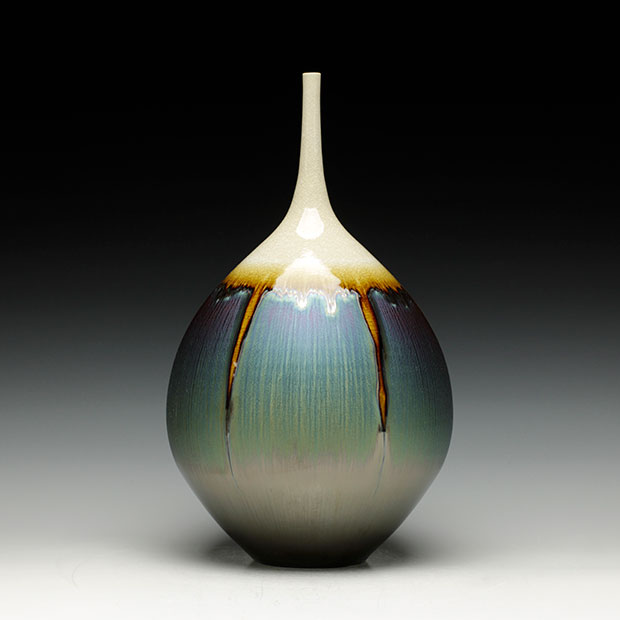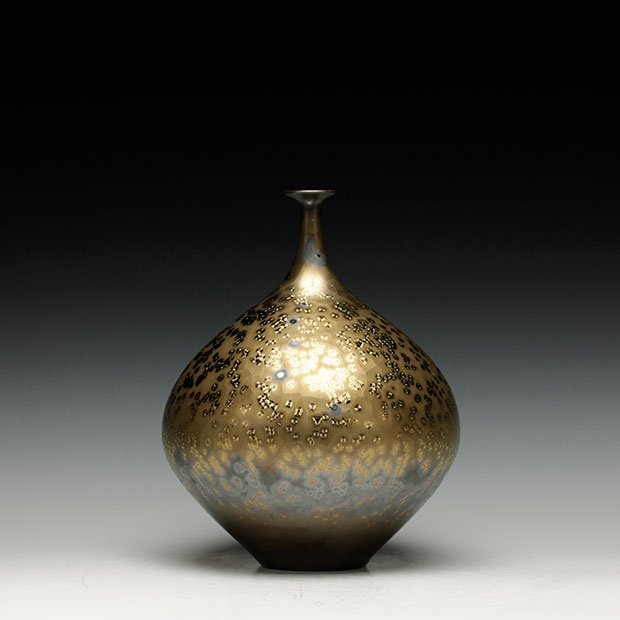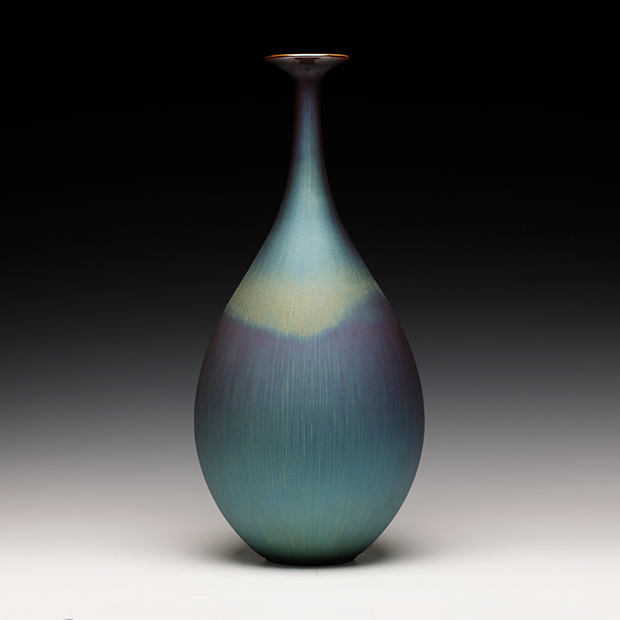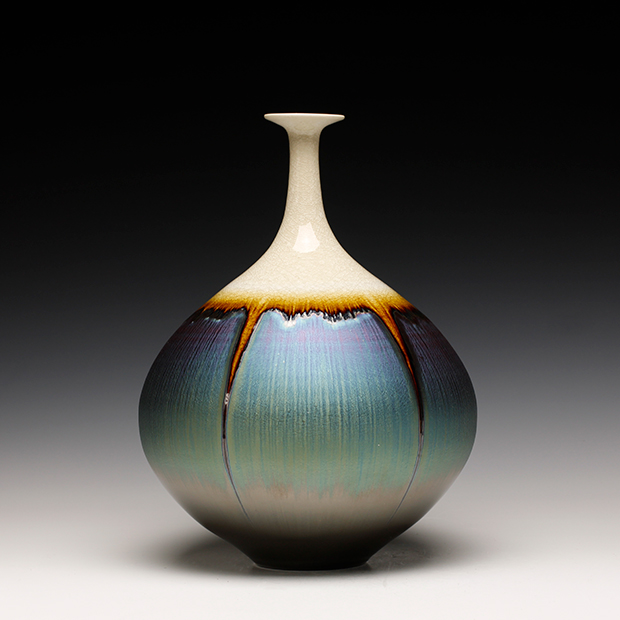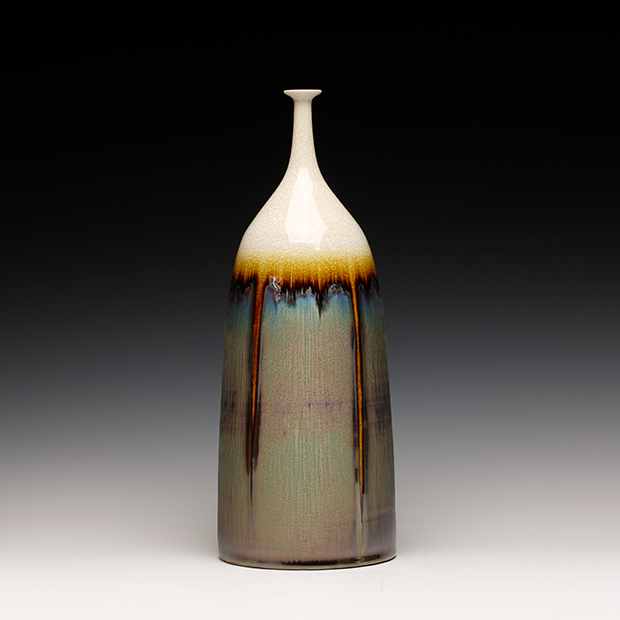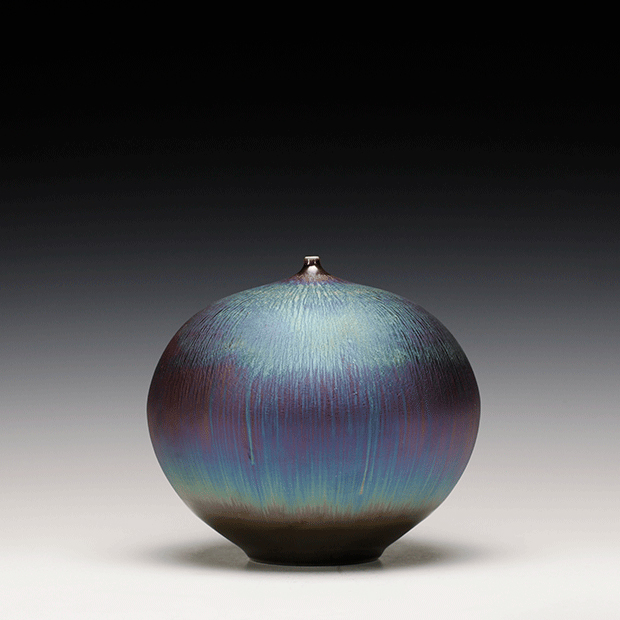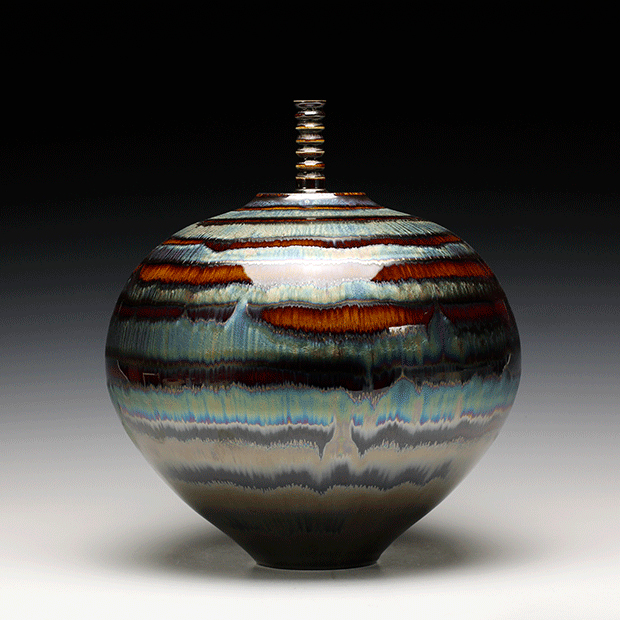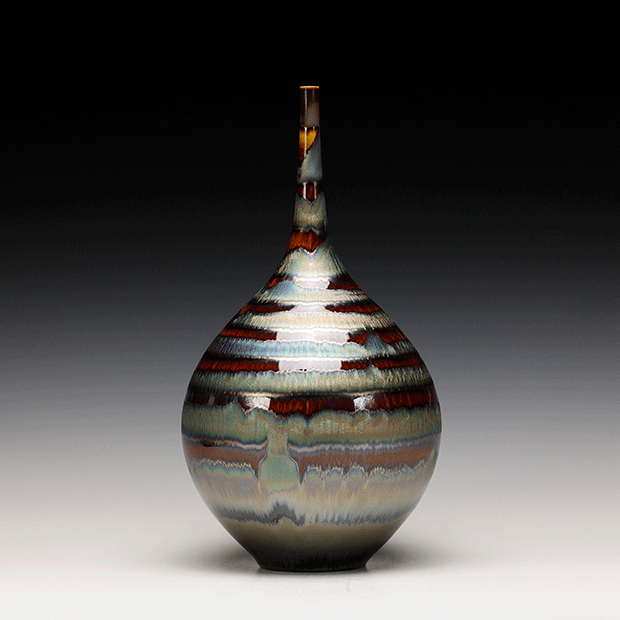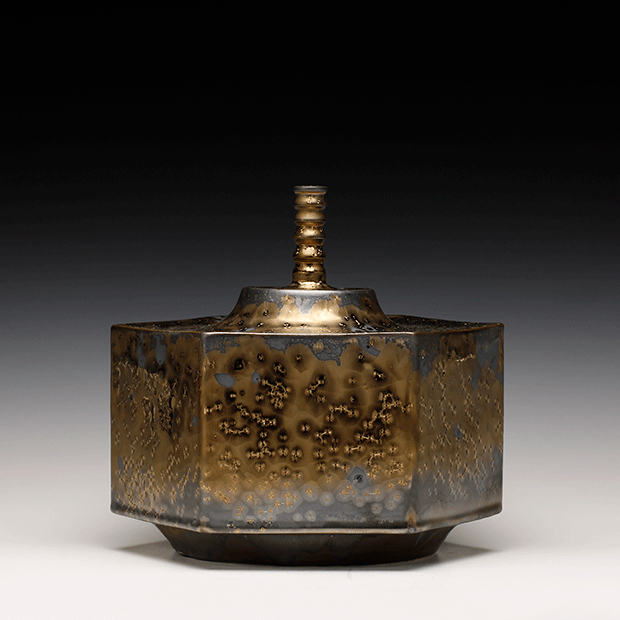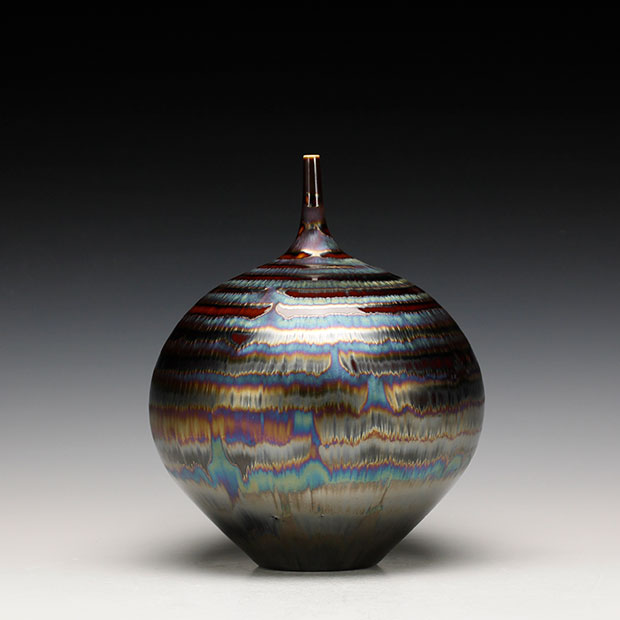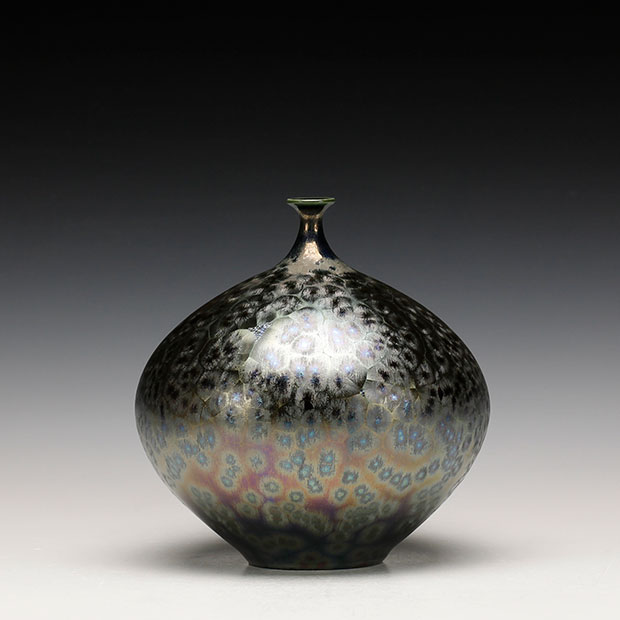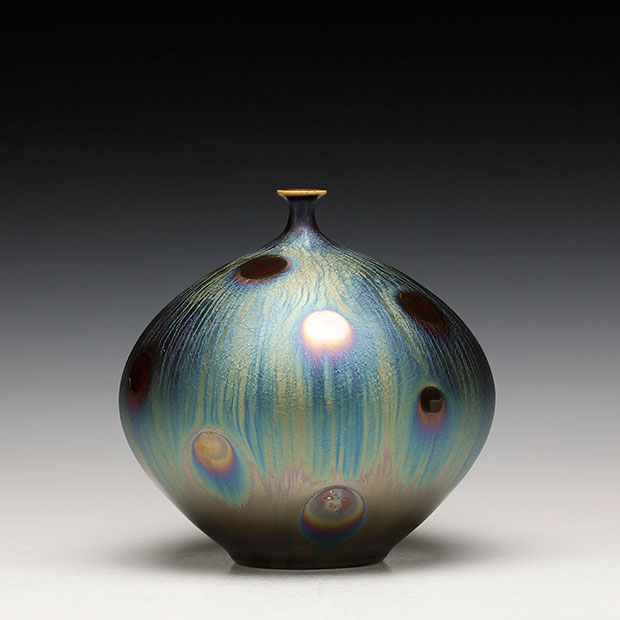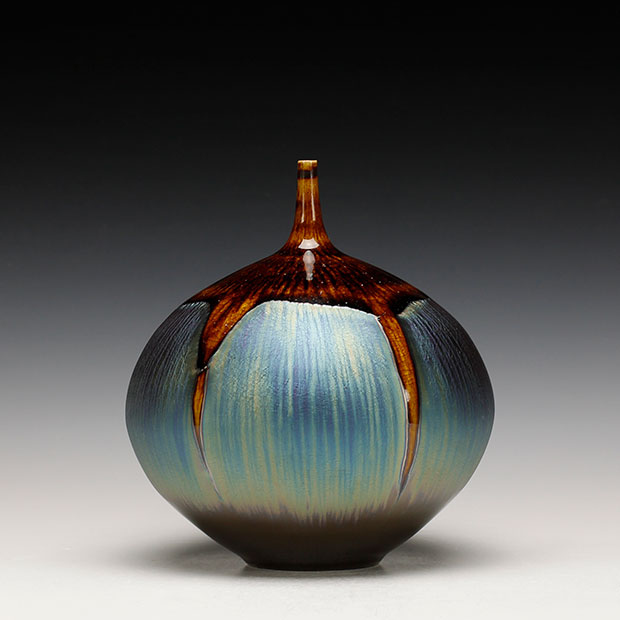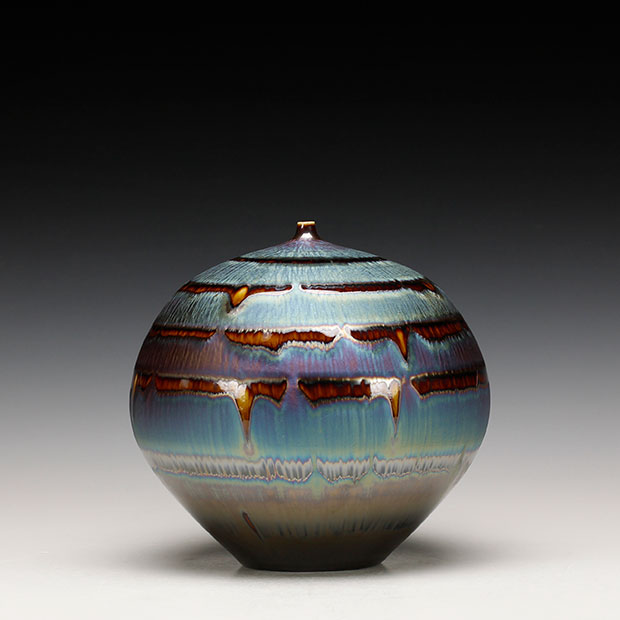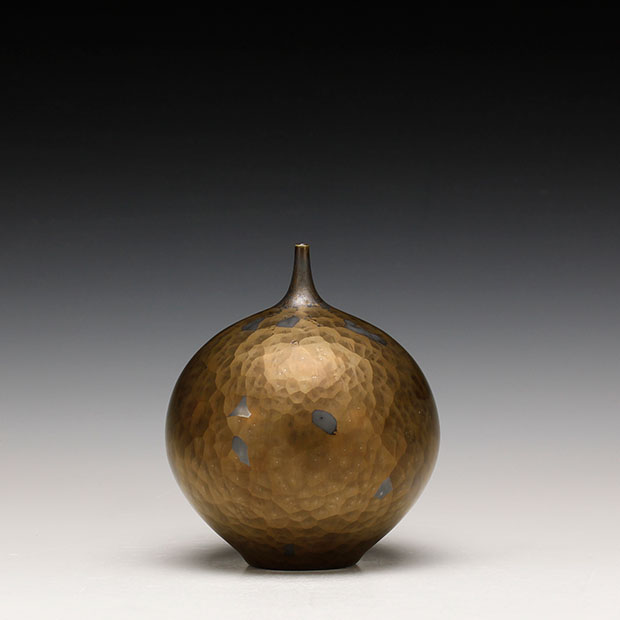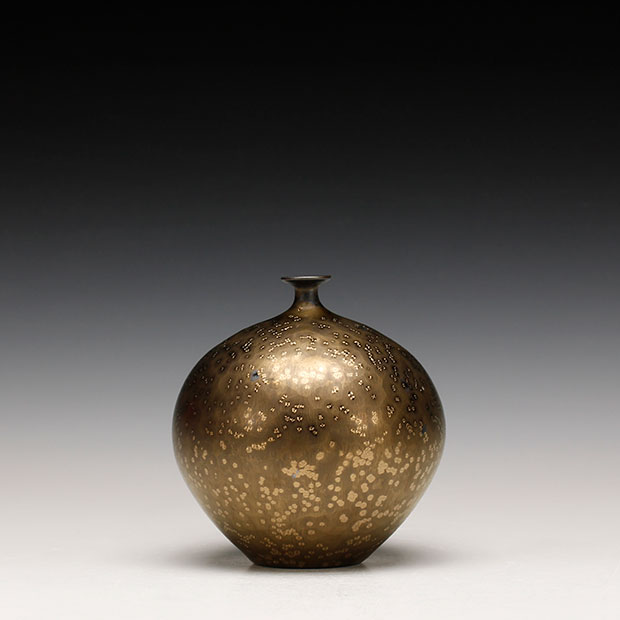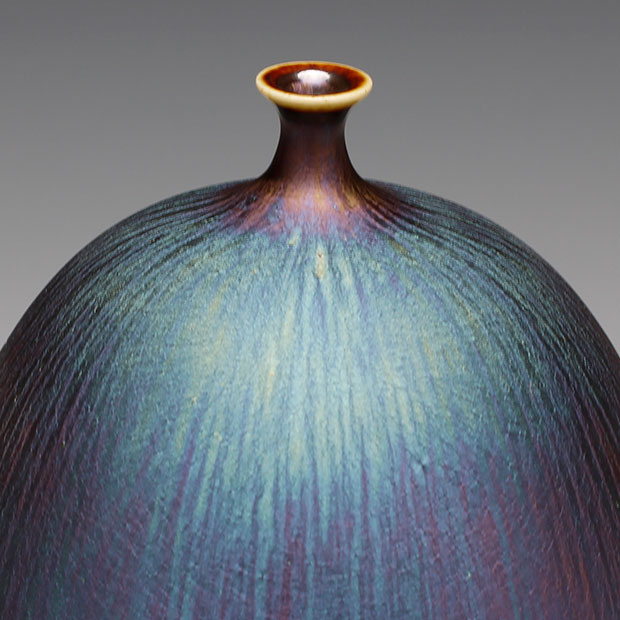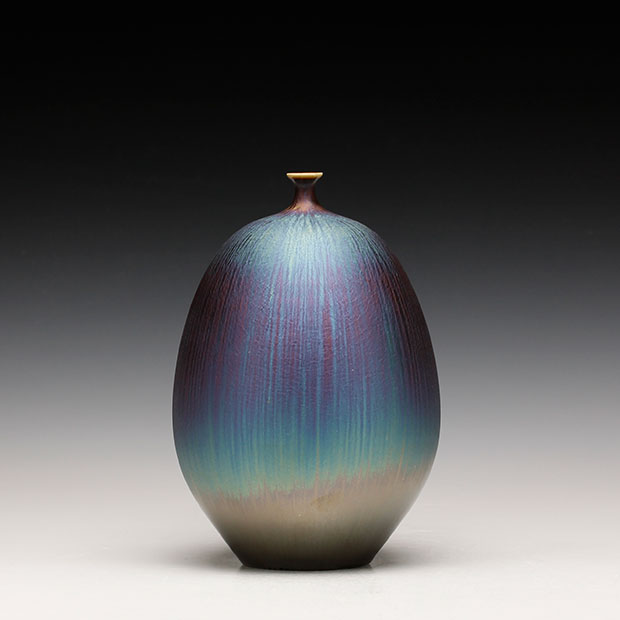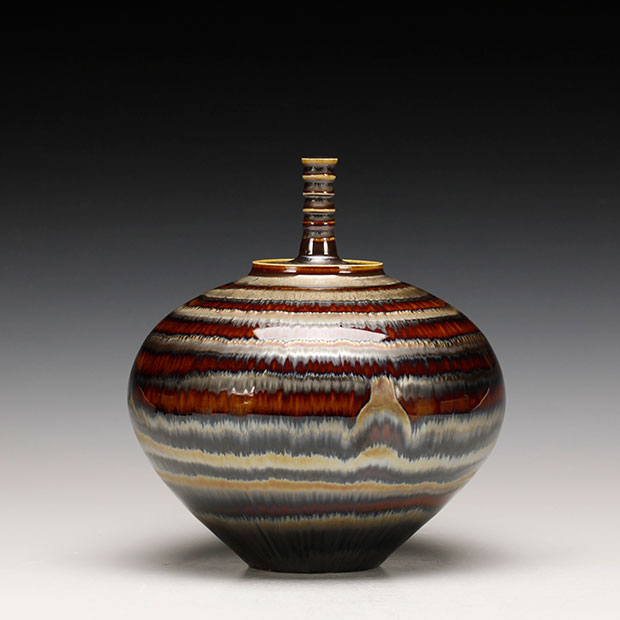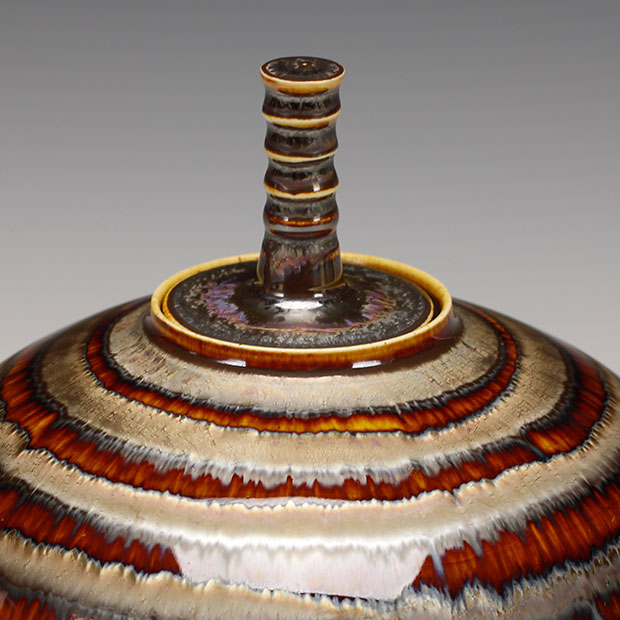Hideaki Miyamura
ONE: An Endless Sky
Biography
Hideaki Miyamura is a Japanese-American potter living and working in New Hampshire. He was born and raised in Niigata, Japan, and later traveled to the United States to study Art History at Western Michigan University in Kalamazoo, Michigan. Upon returning to Japan, Hideaki served as an apprentice to master potter Shurei Miura for six years. In 1989, Hideaki moved back to the United States and began his practice as a potter. Hideaki's work can be found in many international collections, including the Israel Museum in Jerusalem, Israel, the Renwick Gallery in Washington, D.C., the Ayumi Gallery in Tokyo, Japan, and the Victoria and Albert Museum in London, England.
Statement
As a young potter’s apprentice in Japan, I spent years throwing and perfecting forms, to the point that my hands and body could create without the intervention of my conscious mind. When I began to consider my work in an intentional and creative way, I was driven by a quest to create new glazes. In Japan, I performed thousands of experiments with different materials and firing temperatures to achieve an iridescent glaze reminiscent of ancient Chinese yohen tenmoku tea bowls, dark and mysterious in a way that reminded me of a clear night’s endless sky. Coming to the United States thirty years ago to pursue my life as an artist, I knew that my forms and glazes needed to enhance each other.
Clarity and simplicity of line are the most important formal elements to me, as they create unity with their surroundings and allow a pure canvas for the glaze. Every time the shape changes, the glaze looks so different. Recently, I have done more architectural shapes—squares and hexagons with sharp edges where the glaze transforms and pools in interesting ways. These forms are very difficult to make because the corners separate, and because they are made in different sections then fused together. The ratio of failure to success is very high.
I have continued to be motivated by a search for new glazes, and enjoy the years of trial and error required to achieve on the form what I imagine is possible in my mind. I began experimenting with bronze glazes that would have a striking, three-dimensional fractal design. Although the glaze looks textural and has visual depth, the surface is very smooth. Different chemicals and temperatures result in permutations of color from rich, quiet bronze to inky, soft grey (brought on by firing the pieces at the kiln’s maximum temperature). Other chemical additives to the glaze result in sparkling, diamond-like flecks inside the fractals.
I want each piece to feel balanced with the environment, to feel as it co-exists naturally with its surroundings. The form directs the light and the eye, allowing the glaze, in turn, to shape the perception of form.
